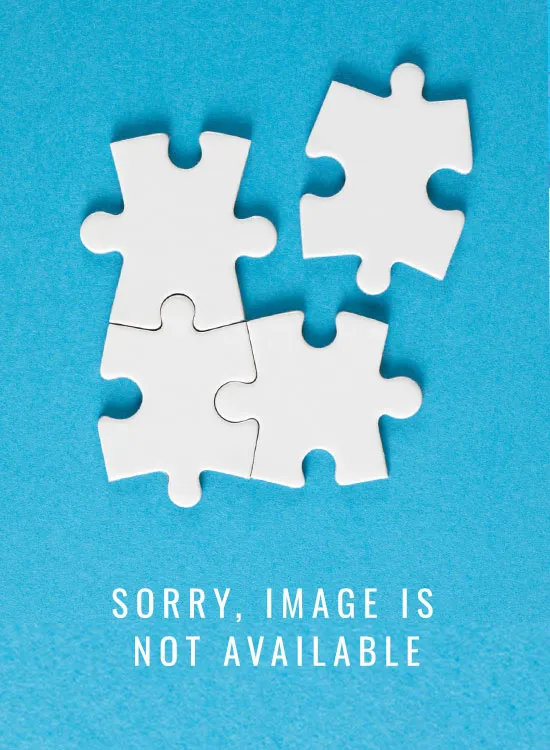Historical
S+ IEC 60079-10-2 Ed. 2.0 b:2015 (Redline Version)
Explosive atmospheres - Part 10-2: Classification of areas - Explosive dust atmospheres
IEC Standards+ 60079-10-2:2015 contains the International Standard and its Redline version. This Redline version is not an official IEC Standard and is intended only to provide the user with an indication of what changes have been made to the previous version. Only the current version of the standard is to be considered the official document.
IEC 60079-10-2:201 5 is concerned with the identification and classification of areas where explosive dust atmospheres and combustible dust layers are present, in order to permit the proper assessment of ignition sources in such areas. In this standard, explosive dust atmospheres and combustible dust layers are treated separately. In Clause 4, area classification for explosive dusts clouds is described, with dust layers acting as one of the possible sources of release. In Clause 7 other general considerations for dust layers are described. The examples in this standard are based on a system of effective housekeeping being implemented in the plant to prevent dust layers from accumulating. Where effective housekeeping is not present, the area classification includes the possible formation of explosive dust clouds from dust layers. The principles of this standard can also be followed when combustible fibres or flyings might cause a hazard. This standard is intended to be applied where there can be a risk due to the presence of explosive dust atmospheres or combustible dust layers under normal atmospher ic conditions. Please refer to the foreword of the document for a detailed listing of the significant technical changes from the previous edition. Keywords: explosive dust atmospheres, combustible dust layers, ignition hazards
International Electrotechnical Commission [iec]

